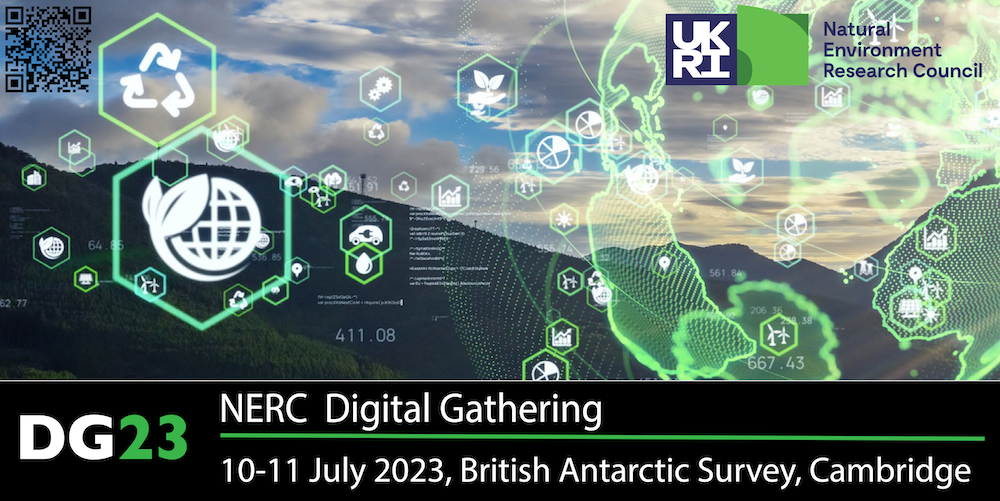Main Auditorium, Tuesday 11th July 2023, 10:00
Chair: Matt Fry To see the abstract for the talk, click the small ‘+’ button to the right.
10:00
UK Polar Data Centre: Supporting data collection in remote environments
Alice Fremand
British Antarctic Survey
Alice Fremand (1), Alex Tate (1), Helen Peat (1), Paul Breen (1), Tim Barnes (1), Mari Whitelaw (1), Sarah Manthorpe (1)
1 – UK Polar Data Centre, British Antarctic Survey
The UK Polar Data Centre (UK PDC, https://www.bas.ac.uk/data/uk-pdc/) is the focal point for Arctic and Antarctic environmental data management in the UK. Part of the Natural Environmental Research Council’s (NERC) Environmental Data Service (EDS) and based at the British Antarctic Survey (BAS), the UK PDC coordinates the management of polar data from UK-funded research and supports researchers in complying with national and international data legislation and policy. Using different examples from penguin population monitoring at South Georgia, to operational data management at Halley research station or recording of sensor data from the RRS Sir David Attenborough, we will showcase how the UK PDC supports data collection in remote environments.

10:15
Utilising Digital Technology for Climate-Responsive Design of the Built Environment
Hua Zhong
Nottingham Trent University
CDE Expert Network member
Hua, Zhong., (1) Shuangyu, Wei., (2) Hao, Sun (2)
Affiliations:
1 – Nottingham Trent University,
2 – University of Nottingham
Abstract:
This talk introduces our research uses digital tools to design the built environments that respond to natural environmental changes and climate change. As building engineering researchers focused on the built environment, we leverage digital twin technology, building energy simulation, computer vision, and computational fluid dynamics simulation to support our work.
Digital twin technology integrated with building energy simulation enables dynamic analysis of a building’s energy performance over time, accounting for changing climate conditions. The use of computer vision and deep learning allows real-time monitoring and prediction of energy usage, facilitating adjustments that minimize waste. Computational fluid dynamics simulation captures the interactions between buildings and their surrounding microclimates, informing the design of passive energy-saving strategies.
The combination of these digital tools offers more precise energy consumption predictions, efficient climate-responsive design solutions, and a comfortable environment for occupants. Our research demonstrates how digital technologies can enable more sustainable and resilient architectural practices that respond to climate change at both the micro and macro scales.
Presenter Background:
The presenters (Hua Zhong, Shuangyu Wei and Hao Sun) are experts in the field of building engineering services, specialising in the design and optimization of the built environment. With extensive experience and knowledge in areas such as energy performance analysis, sustainable design, and climate-responsive architecture, they bring a wealth of expertise to this research endeavour.
Example Digital Tools Utilised:
- Building energy simulation
- Digital twin technology
- Computer vision
- Deep learning
- Computational Fluid Dynamics (CFD) simulation

